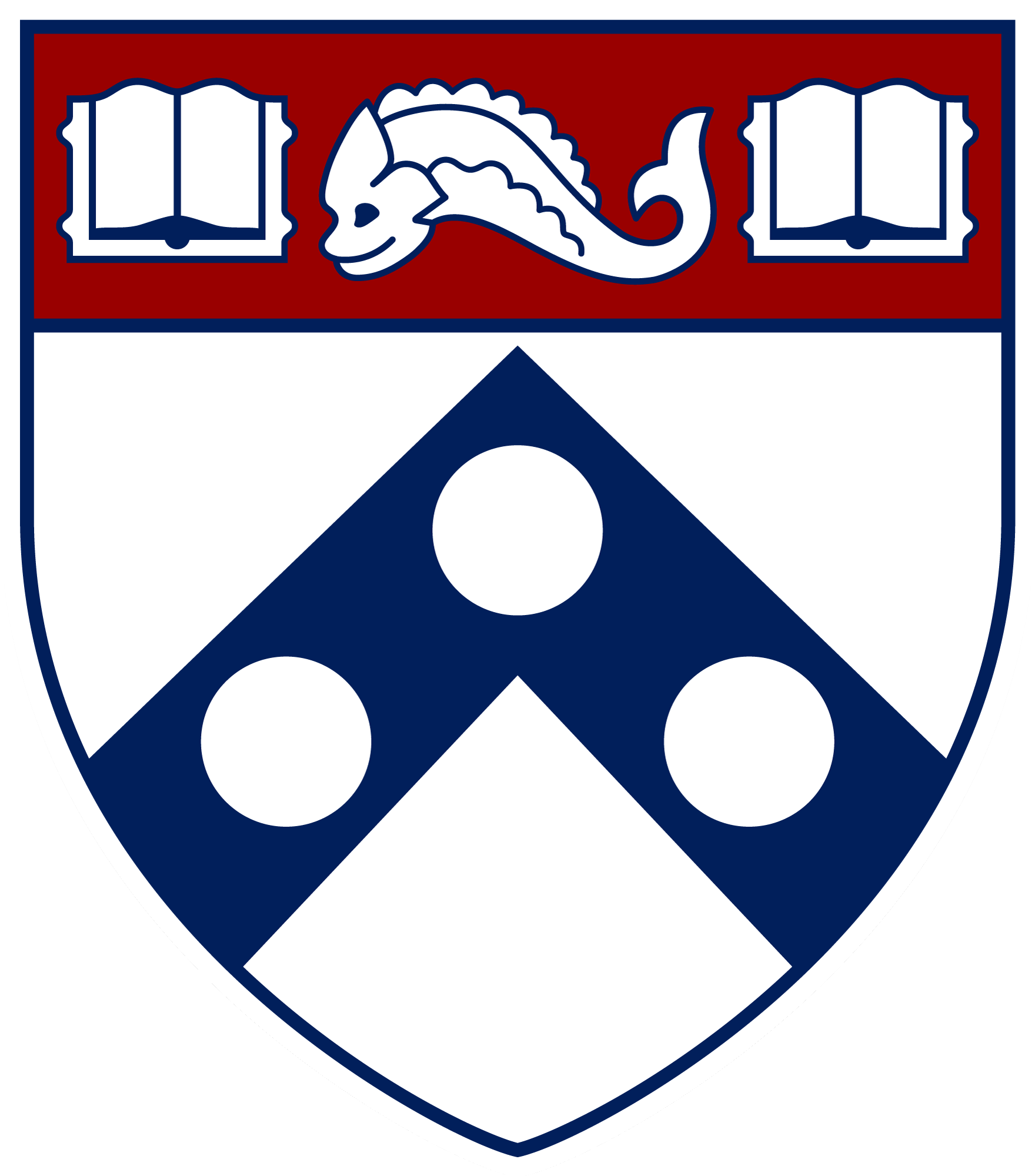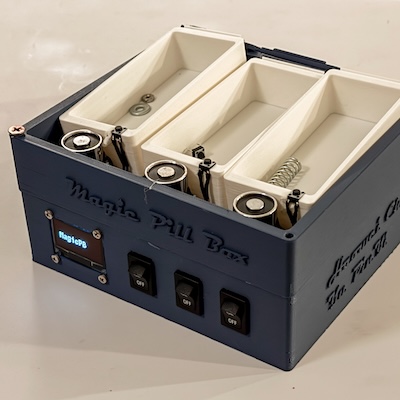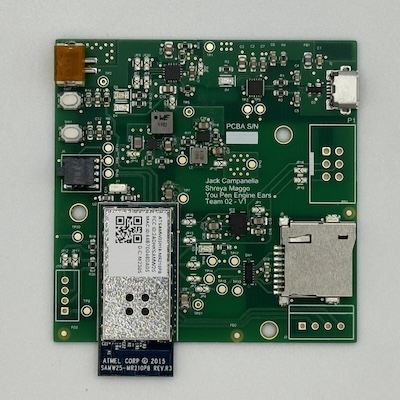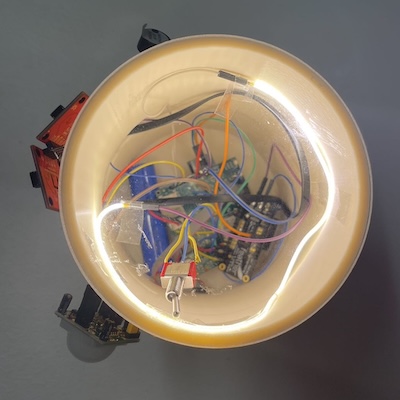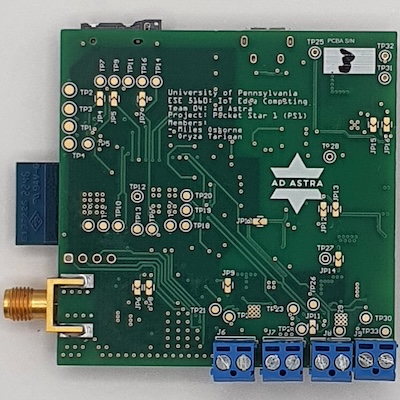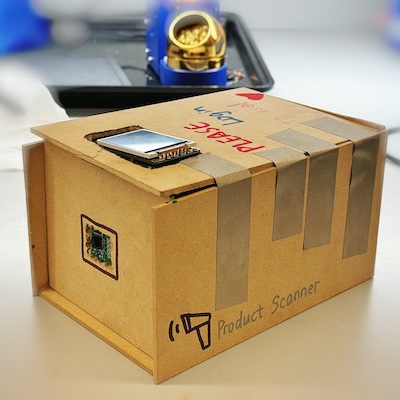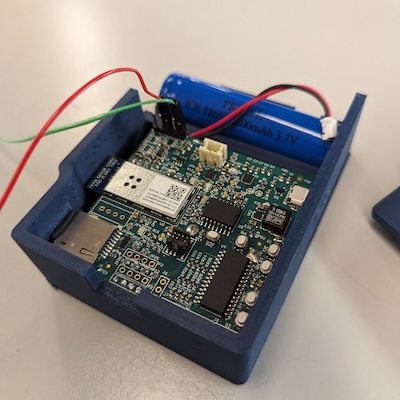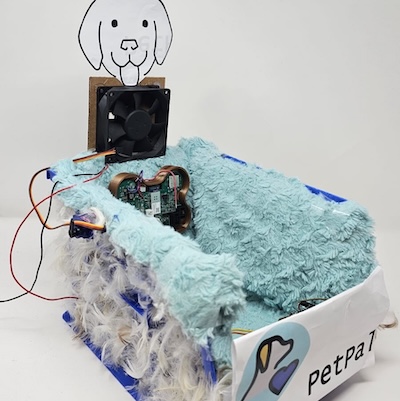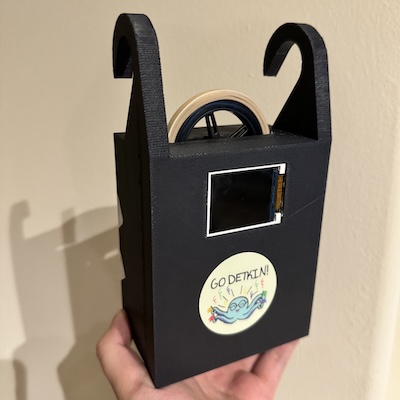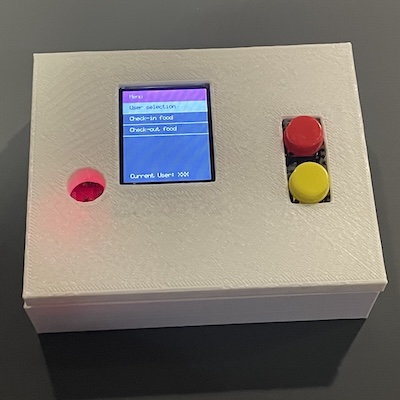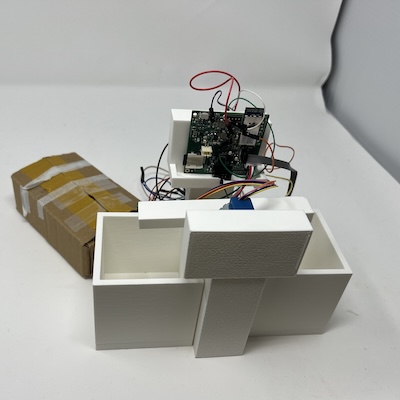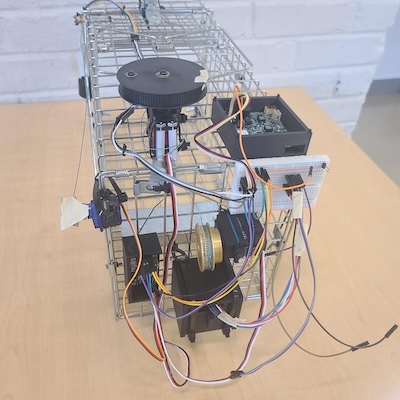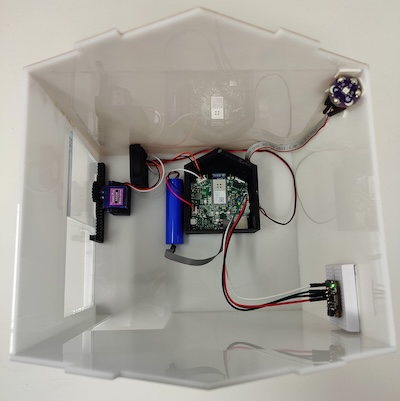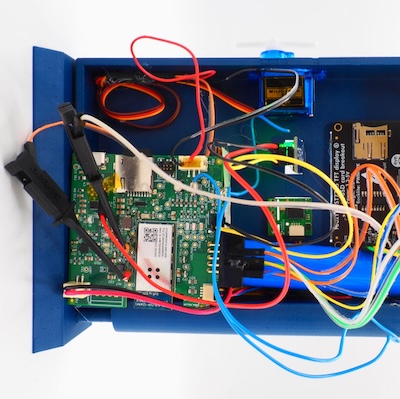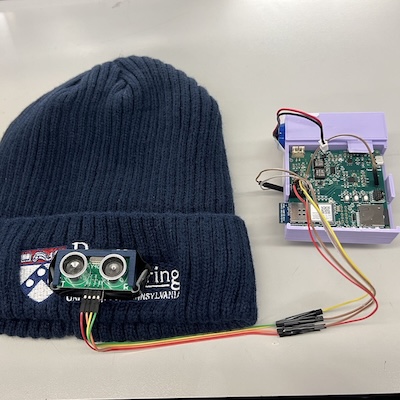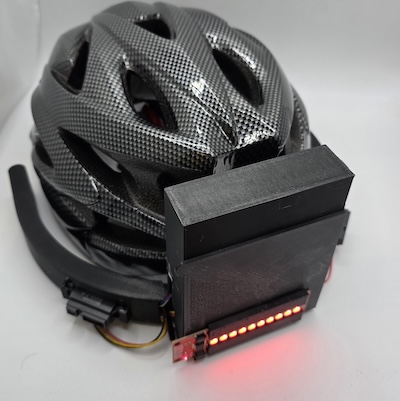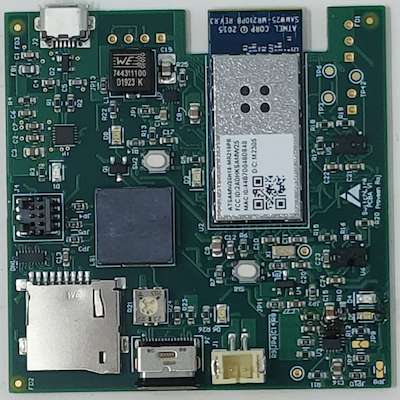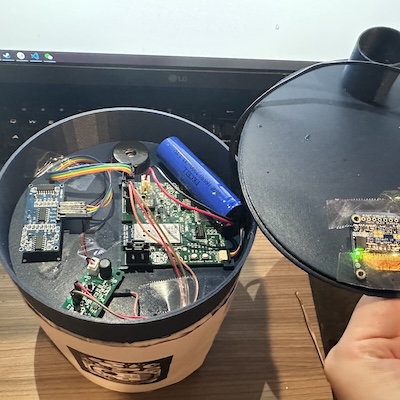Demo Day Spring 2025
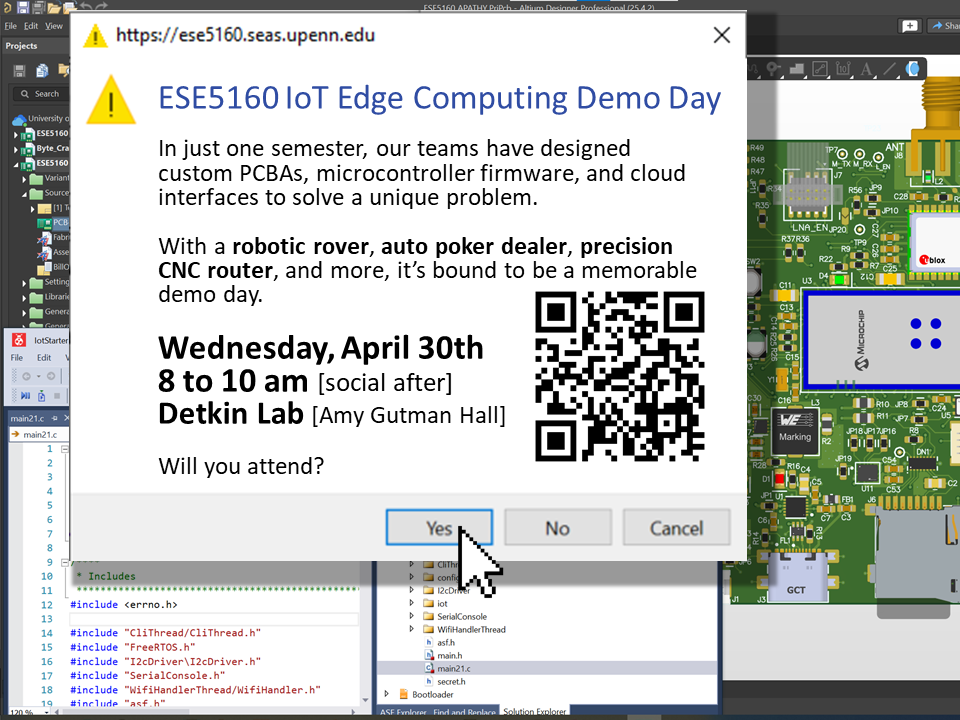
Course Overview
ESE5160 is a hands-on course that teaches its students the tools needed to design and
prototype an embedded device. The design of an Internet of Things (IoT) device is used
as a medium to
teach the students concepts on embedded programming, hardware architecture design, IoT,
and the cloud.
The class is divided into two big components – Embedded Programming and Embedded
Hardware Design.
Students will pair up to design an IoT device from the ground up. Industry tools and
best practices will
be introduced to the student and applied in this accelerated electronics product cycle.
At the end of
the semester, each group will end up with a physical prototype of their embedded system
design.
Spring 2025: Lectures are MW 8:30-9:59am in Moore
216
Syllabus
Access the full syllabus here.
Office Hours
Schedule
Access the full schedule here.
Final Project
Students design and manufacture their own board from scratch, then program them with custom firmware. Although the boards may look similar, each group designed it for their own product. You can review projects from previous years at the links below.Spring 2024
Previous Semesters
History
ESE 5160 was developed in 2017 by Nicholas McGill-Gardner and has evolved through the years. Eduardo Garcia taught the course for five semesters from 2019 to 2022, updating the course to use a Real Time Operating System (FreeRTOS), the Tracelyzer analysis tool, a file system on an SD card, Doxygen documentation, and more.
During the COVID-19 pandemic, Eduardo successfully shifted this hardware-heavy course online,
developing a kit that could be shipped internationally to cater to our diverse graduate
student population. He took a novel approach, guiding students to create a SIMON says
game that functioned over the Internet and across the world. You can see more in this
article that the Penn Engineering school wrote.


Resources
- Google Drive folder with lectures, assignments, and course resources (accessible by Penn SEAS email only)
- Ed Discussion (our communication channel for the semester)
- Gradescope (assignment submission & regrade requests)
- Request Detkin & Ketterer 24-hour access
- Request Venture Labs Access
- Request Penn Garage Lab Access
- Request Rapid Prototyping Lab (RPL) Access
- Submit Course Feedback Anonymously
